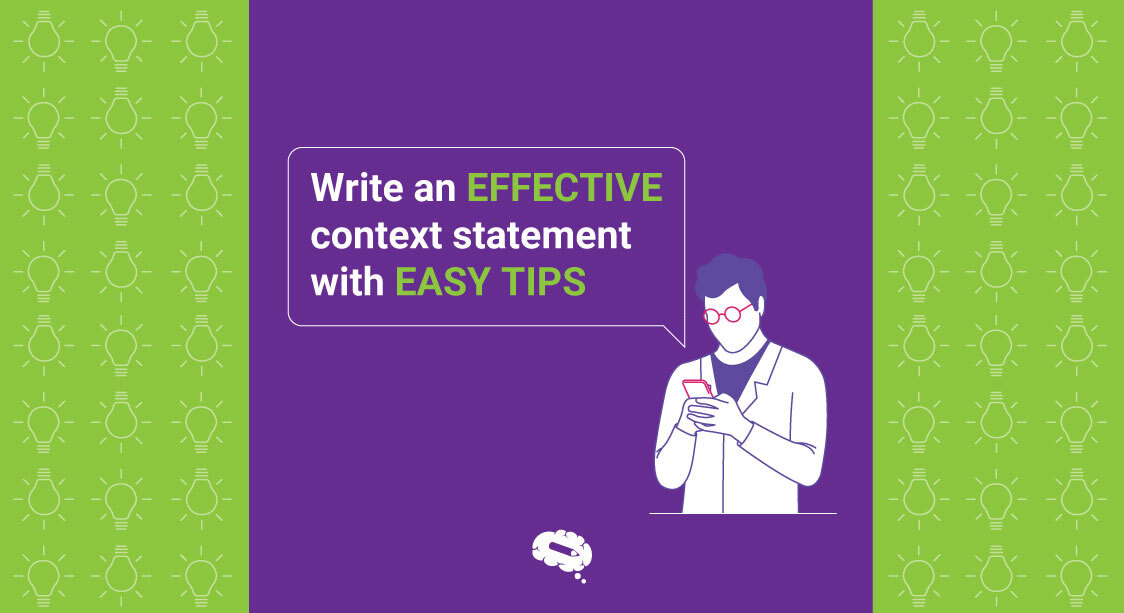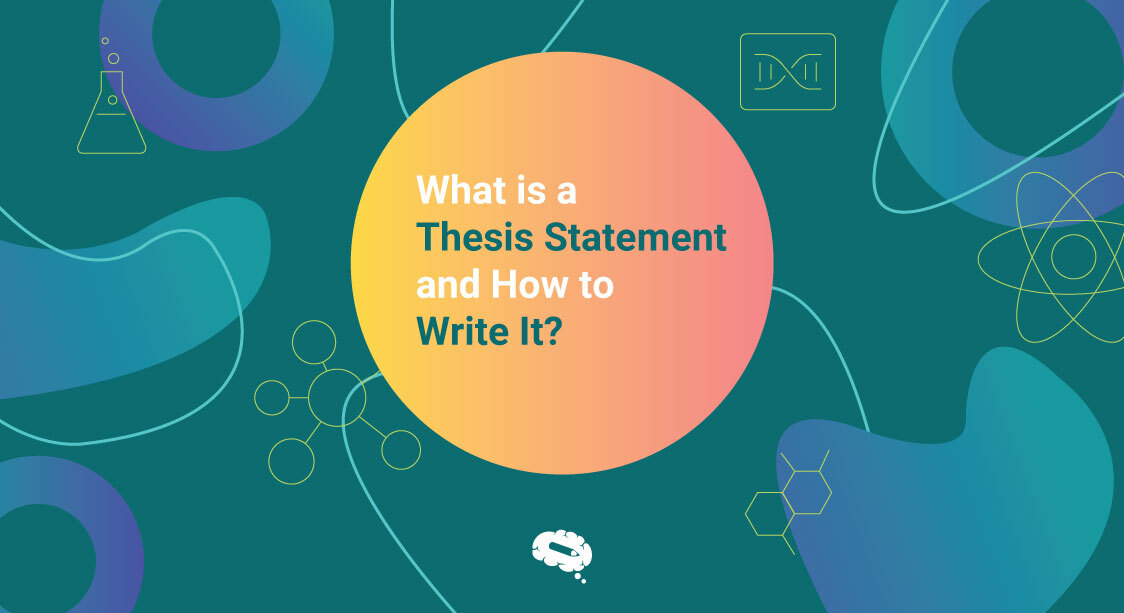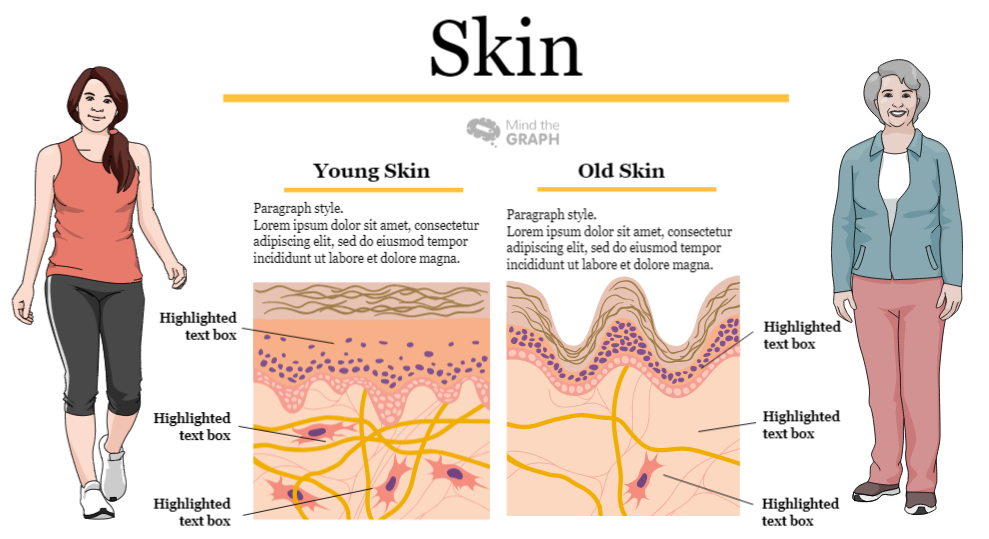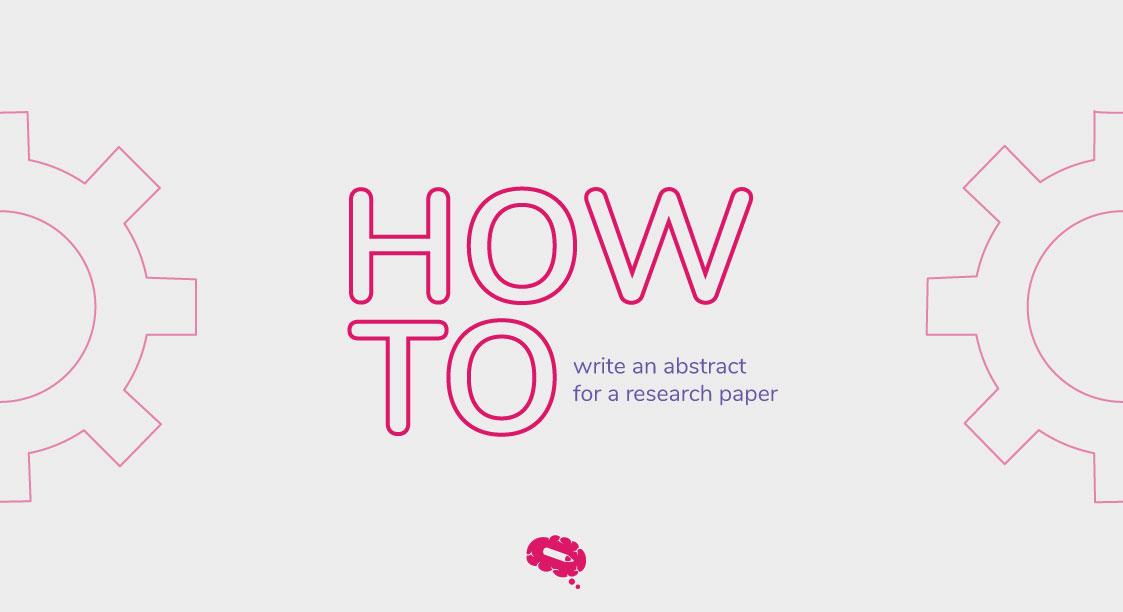A solid context statement can assist the committee of a PhD or Master’s program in learning important aspects about who you are in an interesting and memorable manner. And delivering an excellent context statement may leave a lasting favorable impact.
In this article, you’ll learn what a context statement is, how to write one step by step, and see examples to help you create your own effective context statement.
What is the context statement?
A context statement is a brief introduction about yourself that defines your obligations and responsibilities in the academic field, such as teaching or assisting learning at the high education level. Writing an excellent context statement for a Master’s or PhD application to an institution is likely one of the most essential steps in your admission process.
The goal of a context statement isn’t merely to highlight your research interests, accomplishments, or other academic achievements. In reality, its goal is to persuade the reader of the significance of your accomplished work and the possible effect of your future academic trajectory. In other words, professionals must write logically about their previous and current efforts and explain their future intentions clearly.
Tips on writing a context statement
- Make your context statement easy to read
- Use headers and subheadings to organize your thoughts;
- Different sections should be adequately separated;
- Avoid writing extensive paragraphs;
- A succinct yet well-thought-out context statement indicates your ability to organize ideas in a clear and easy-to-read approach.
- Outline your main achievements
- Describe how your achievements led you to where you are;
- Mention how your achievements are relevant to the program you are applying to;
- Write your accomplishments modestly, without exaggerating or fabricating.
- Communicate properly
- Even at the most prestigious institutions, not all members of the selection committee may be aware of your professional intricacies. In a conclusion, remove jargon or unnecessary complexities;
- Rather of overwhelming the reader with finer details, your goal should be to build trust in them that you are a competent academic candidate;
What distinguishes a Context Statement from a CV?
Although your CV provides a summary of your previous academic efforts, it does not go into depth about your academic career. Furthermore, a CV fails to address several concerns that a context statement may simply answer:
- What drew you to a specific position?
- What is the significance of this achievement?
- What methods do you employ?
- What contributions have you made?
- How is this relevant to your future goals?
- Why should we consider you for this program?
Examples of context statements:
- “I am a Psychologist Student at Harvard University aiming to improve our knowledge of individual judgment. I conduct field, lab, and lab-in-the-field research, create survey tools, and analyze large panel data sets to better understand the base of the individual judgment, yielding insights for both theory and real-world scenarios.”
- “During my master’s degree in English Literature, I concentrated on storytelling and modern literature. During my Master’s Student years, I spent my days offering exciting new perspectives for applying different methods and domains in the study of modern literature. As I used my findings in a more specialized towards radicalism focused sector, I pursued a second master’s degree in realism. I found out that my findings in radicalism studies provided me with a viewpoint that my more realism minded peers lacked. Using this unique perspective, I am currently attempting to further my master’s dissertation study into a PhD thesis.”
- “I am a third-year Medical Student at the University of Copenhagen. Over the previous two years, I’ve been active in a variety of teaching and learning support initiatives in the Medical and Health Sciences. In years 1 and 2, I teach seminars for groups of 10-15 undergraduate students studying Anatomy. These are generally one to two hours long and allow for more in-depth study of certain issues. Despite the fact that the seminar schedule and topics are set, I develop my own teaching materials with the help of the academic staff.”
Transform your lectures, meetings and classes into high-impact visual experiences
Did you know you can make your lectures, meetings, and classes far more understandable and absorbable? Including visual elements in your content may assist you not only get the comprehension of your audience but also provide you with a lot of value and authority. Learn about Mind The Graph, a tool that provides you with a large portfolio of templates with the purpose of improving your work.

Subscribe to our newsletter
Exclusive high quality content about effective visual
communication in science.





